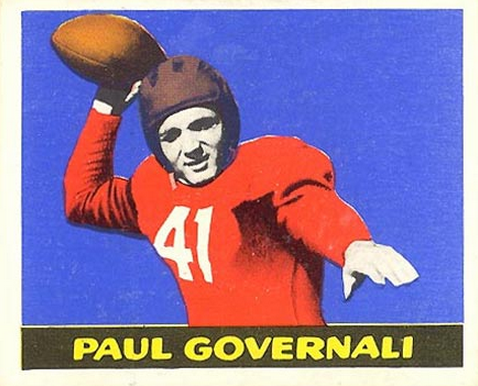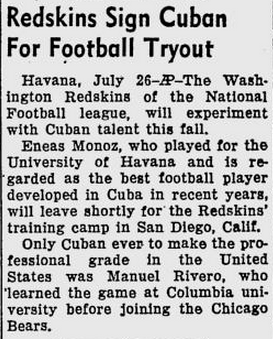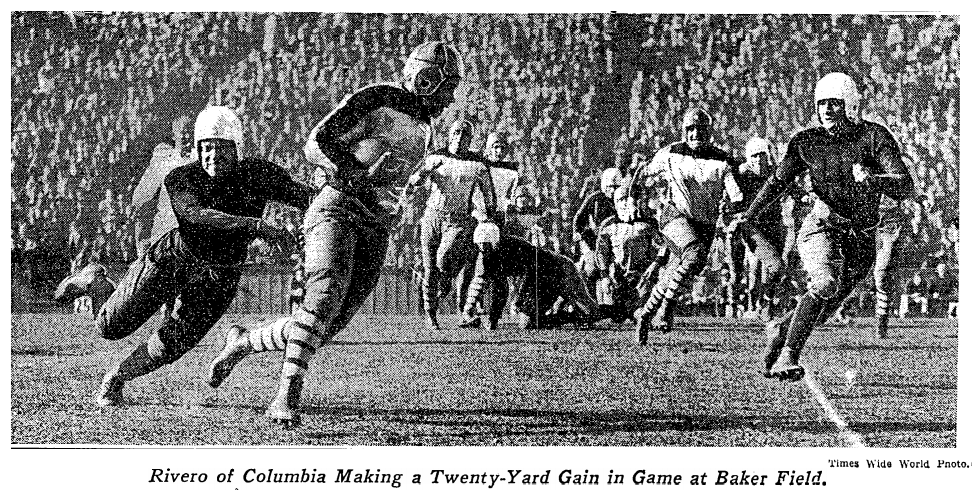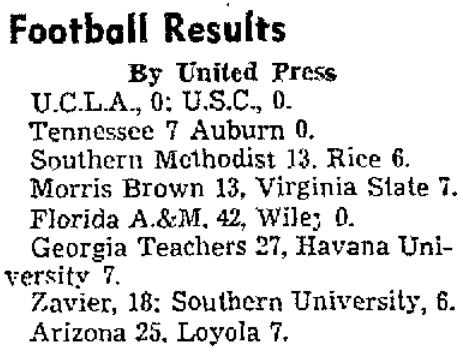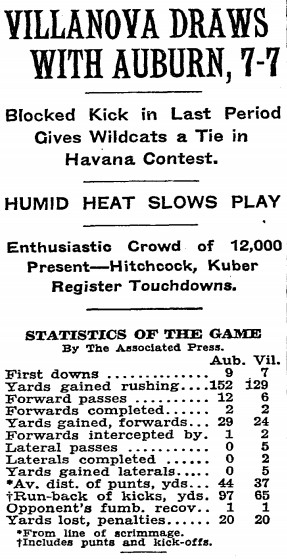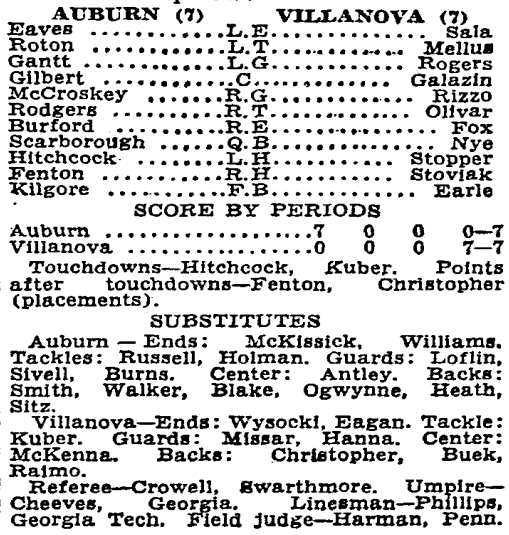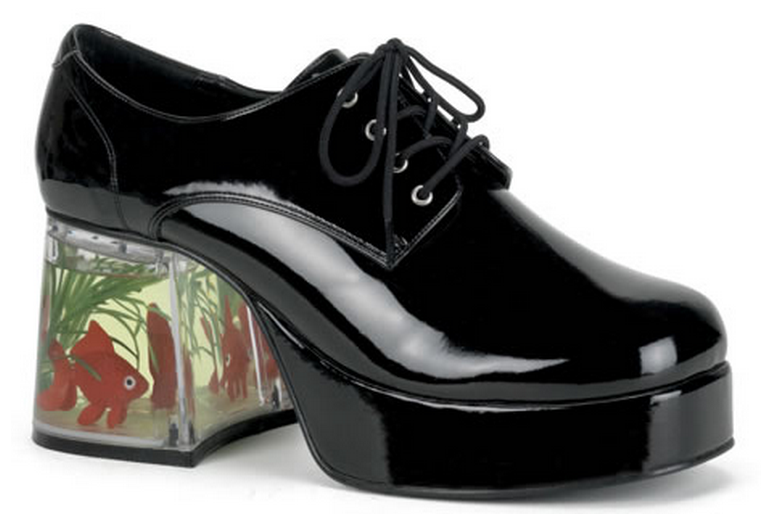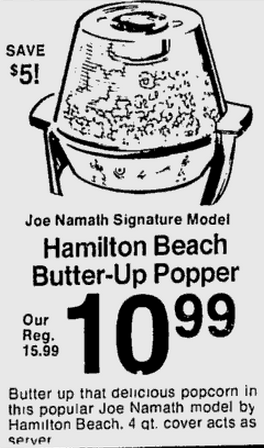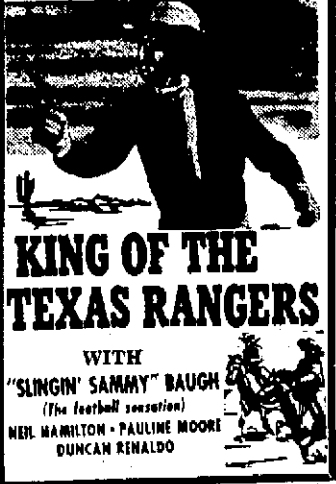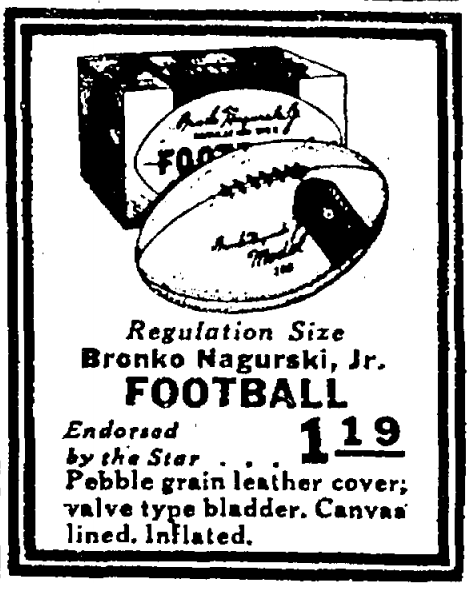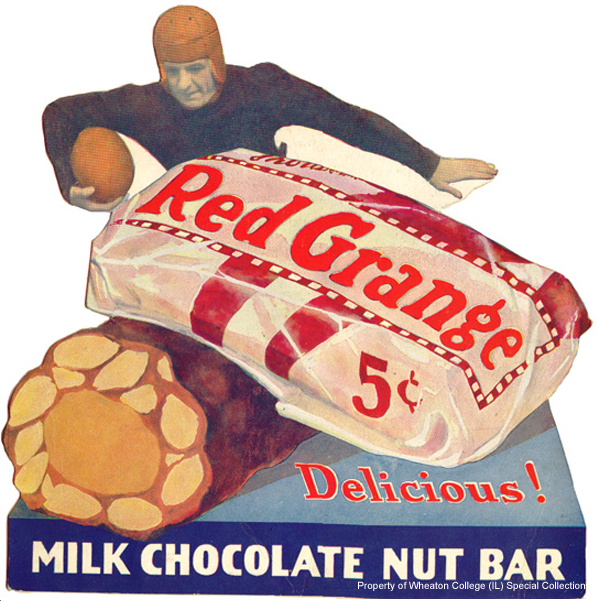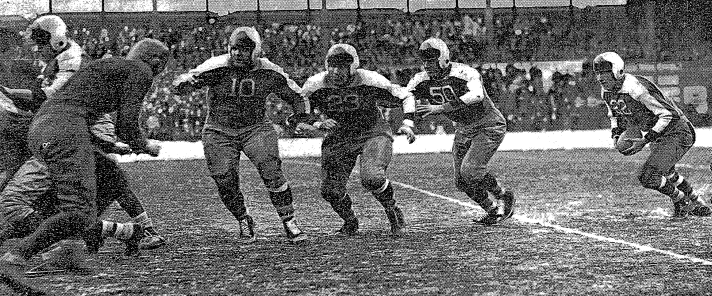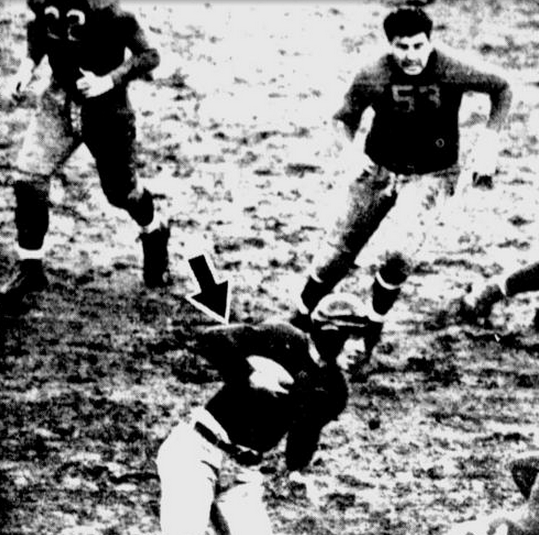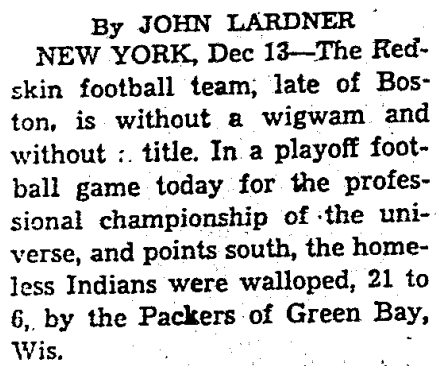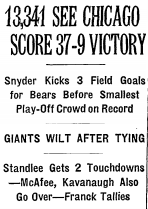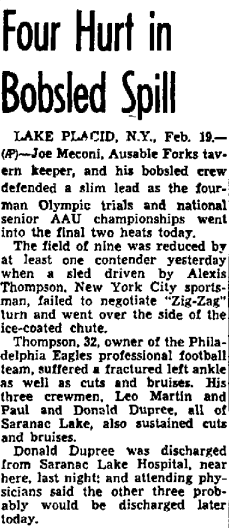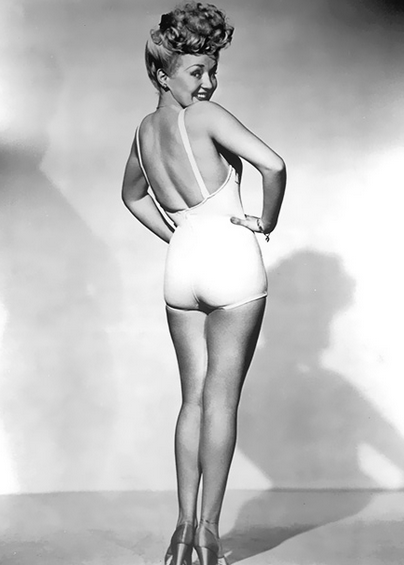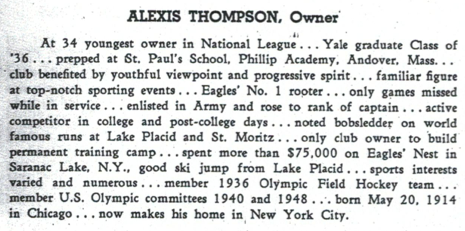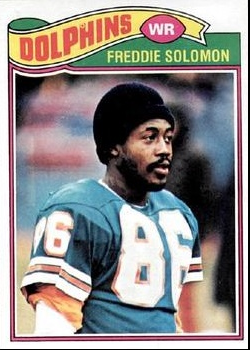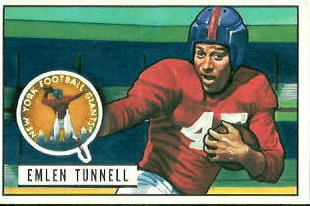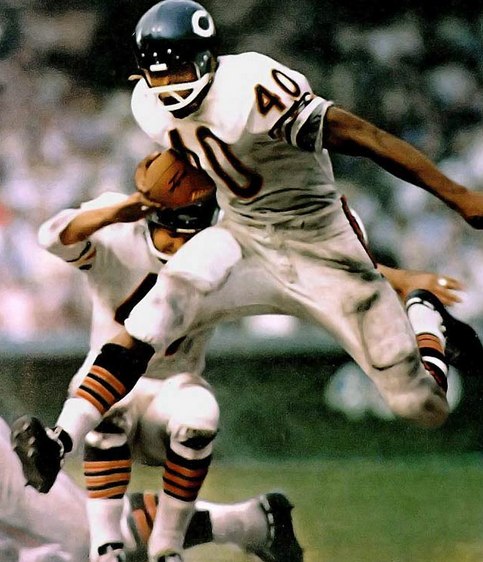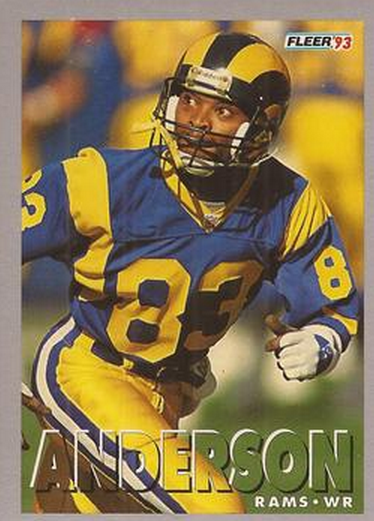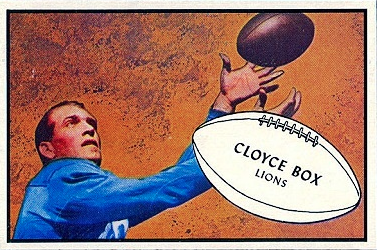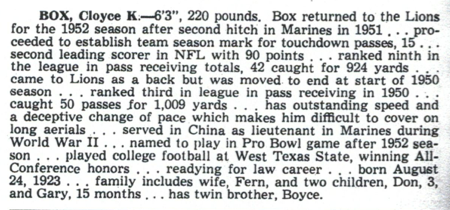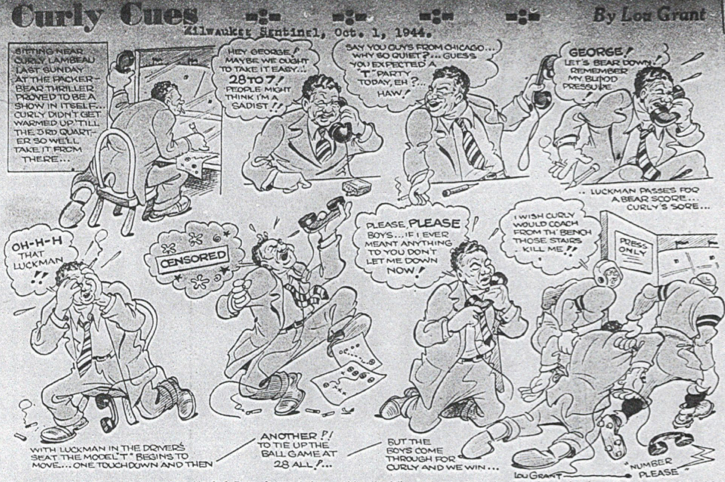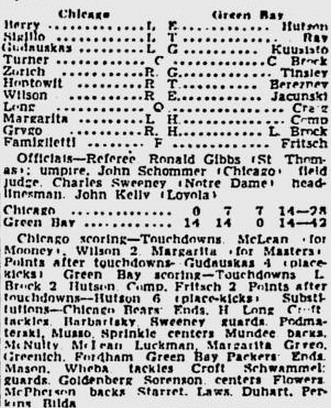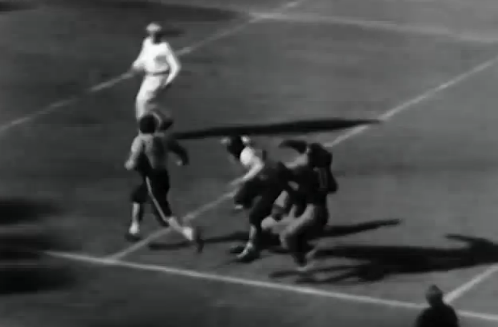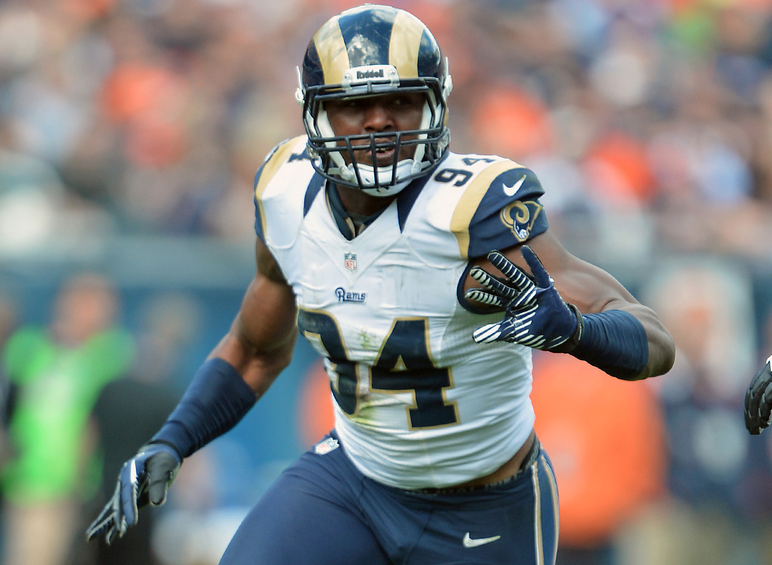The Patriots are in the midst of a historic run — 13 playoff berths in 14 seasons, eight conference championship games, five Super Bowls, three titles, a .752 winning percentage (188-62, playoffs included). I wrote about it back in August, about how only George Halas’ Bears dynasty in the ’30s and ’40s ranks above Bill Belichick’s bunch. Nothing that happened in 2014 has changed that. The Pats earned the home-field advantage in the AFC could very well win it all again.
Looking at New Englanders now, decked out in their red, white and blue Patriots regalia, it’s hard to believe that 50 years ago, folks were still wondering whether pro football had a future in Boston. It had, after all, always been a baseball town, and three NFL teams had come and gone, leaving barely a trace — I’m talking about the Bulldogs (1929), Braves/Redskins (1932-36) and Yanks (1944-48) — before the AFL’s Patriots took another crack at the market in the ’60s.
It’s an amazing transformation, it truly is. In 1936 the Redskins drew so poorly — despite winning the Eastern Division — that owner George Preston Marshall moved the championship game against the Packers from Fenway Park to New York’s Polo Grounds (then home of the Giants).
The Yanks’ last home game in 1948 attracted a crowd of just 9,652. Late in the season, owner
Ted Collins told The Associated Press he’d lost “exactly $720,000” in his four years in Boston. That was a lot of money back then. Heck, franchises went for a fraction of that.
“Boston has two good baseball clubs [the Braves, remember, were still in town], a major-league hockey team, horse- and dog-racing tracks and tomorrow three major college football games are scheduled there — Iowa and Boston University, Yale and Harvard and St. Mary’s [of California] and Boston College,” Collins said. “I believe most of our problems would disappear if we came up with a winning team. Somehow, we always seem to play our worst games at home.”
By the time the Patriots came along, of course, the Celtics had been added to the mix. Indeed, they were the best team in basketball, in the process of winning an unfathomable 11 titles in 13 seasons.
Fifty years ago, Boston Globe columnist Harold Kaese wrote a piece for the Sunday Magazine chronicling Beantown’s sorry pro football history. You won’t believe the headline:
(Alas? What’s with the Alas?)
Kaese begins this way:
By finishing the [1964] season, the Patriots will tie the endurance record for a Boston professional football team.
Five seasons!
Holders are George Marshall’s Redskins (1932-36) and Ted Collins’ Yanks (1944-48). The Patriots undoubtedly will set a new record next season, for pro football at last has found a home in our city.
It was not easy. Baseball, hockey, horse racing, dog racing and basketball made it first. Since 1926, seven attempts have been made to put over pro football here [counting non-NFL clubs]. The first six failed.
The Patriots, too, might have failed, except for a financial windfall from television. . . . Starting in 1965, for five years the Patriots and their seven American Football League associates will each average between $900,000 and $1,000,000 from their new TV contact with NBC.
If television is here to stay, so are the Patriots.
Before the $36 million [AFL] deal was clinched, Patriots stock for which the public paid $5 per share had dropped to a bid price of $1.75. . . . They have yet to have a profitable season. . . . The covered stadium they hope to play in eventually is still only a gleam in [owner Billy] Sullivan’s eye.
That was 1964. And here we are, half a century later, and the Patriots are one of the NFL’s flagships, a model franchise. But only after they overtook dog racing.

